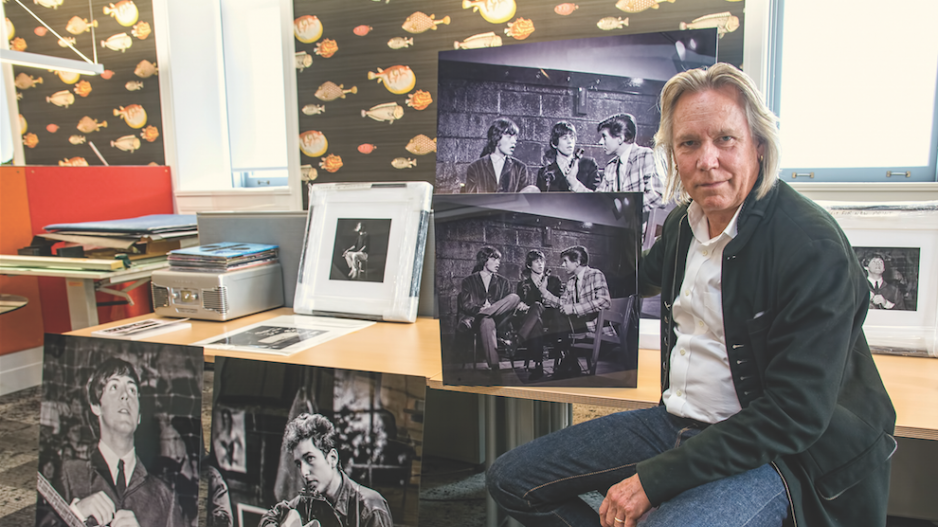Mark Holden recalls the team at Majik Bus Entertainment spending years going through the archives of the Canadian Broadcasting Corp. to catalogue and curate the deep vault of photos acquired over the decades.
“We really saw a need to provide a mechanism that would unquestionably connect a piece of intellectual property with the owner or with the artist,” said the CEO of the Vancouver-based entertainment technology company.
“That was the heavy lifting for sure, but this is where it started to occur to us that there has to be a way to protect this and use the blockchain to be able to track, account … and assure the provenance of each of these pieces.”
After partnering with software firm App-Scoop Solutions Inc., the result was the company’s MajikVerify platform: a blockchain-backed tool designed for those aforementioned tasks, which allowed users to register their collectibles and report their sale and transfer.
Some may be skeptical about blockchain’s association with volatile cryptocurrencies like Bitcoin, but the technology itself is sound.
Blockchain acts as an expanding list of records – or blocks – that are linked through cryptography, essentially serving as a secure electronic ledger that cannot be manipulated by a third party.
The initial target for the MajikVerify platform is fine art, limited-edition prints and items like sports memorabilia, while the company will drive revenue through transaction fees.
Beyond individual users looking to buy and sell high-value items, Holden believes the technology is meant for enterprise use, such as at auction houses.
Vancouver’s Heffel Fine Art Auction House has been exploring blockchain-backed technology and company president David Heffel said he “absolutely plans to utilize” the tools that have been emerging in recent years.
“We do believe that this will be a viable service in the future, but it does have a ways to go,” he said. “Right now there are many registries offering similar services, but there will need to be one singular blockchain used by all auction houses in order for it to work optimally. That said, we are watching the technology closely and excited about the ways it can develop the art market.”
Meanwhile, Deloitte’s Art & Finance 2019 report concluded that blockchain technology has the potential to create more trust between parties and reduce the need for intermediaries.
“The jury is still out as regards the actual impact of blockchain for art and wealth-related services,” the report said, citing survey data that found 23% of private banks and 6% of family offices believed it could have a significant impact.
“This could reflect the fact that there is still a lack of understanding of the appropriate use cases for art and blockchain, rather than a lack of confidence in the technology itself.”
But Deloitte’s survey results also found that 84% of collectors believed technology would improve provenance tracking and the traceability of art – up from 45% in 2017.
Technology futurist Jeff Stollman, a principal consultant at Rocky Mountain Technical Marketing, said challenges remain for widespread buy-in on the technology.
While knowing the provenance of a collectible can be used as indirect evidence of its authenticity, Stollman said it’s not a perfect solution on the quest to create more trust when buying and selling items.
“It [blockchain records] presumes that the original owner in the chain had an authentic item. It also assumes that an owner of an authentic item didn’t sell his item to someone without using the blockchain and then sold a fake,” he said in an email.
“The ultimate problem is authenticating that the item whose record is stored on the blockchain is the item in question.”




